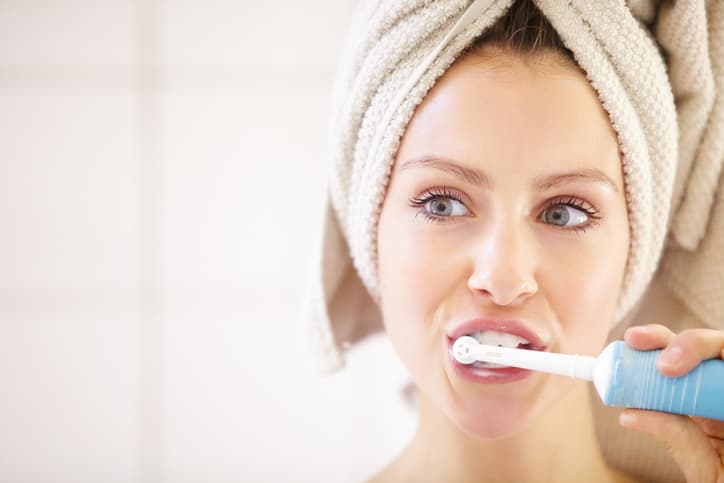 The biggest decision you used to make when buying a toothbrush was soft, medium, or hard bristles. Now there are dozens of types of brushes, from simple to pricier electric versions.Are power brushes worth the extra cash?
The biggest decision you used to make when buying a toothbrush was soft, medium, or hard bristles. Now there are dozens of types of brushes, from simple to pricier electric versions.Are power brushes worth the extra cash?Manual vs. Electric
Regular toothbrushes get the job done when you use them the right way. The problem is many of us don’t use them for the recommended 2 minutes or get to every tooth.
That’s when a little extra power may come in handy.
An electric one can cover a larger area faster, so you clean more surfaces in the same amount of time. When you brush by hand, you make about 300 strokes per minute. Compare that with the thousands — in some cases tens of thousands — of strokes per minute a power one makes.
Pros
Power toothbrushes are better at cleaning your teeth than manual ones, due to the fact they bristles can move hundreds if not thousands of time per brushing.
Children: Kids may think that electric ones are more fun and easier to use.
People with braces: These brushes can clean in and around the metal parts.
Lazy brushers: If your dentist thinks you’re not removing enough plaque with a manual toothbrush, he may suggest an electronic one.
Cons
Mostly, the cost. Regular toothbrushes usually cost a few dollars, while you can spend $100 or more on an electric one. Brush heads for power gadgets need to be replaced as often as old-school brushes, too. The extra expense can add up.
As well some of the powerful ones are also bigger and bulkier, which makes them harder to stash in your purse or suitcase.
What Are the Different Types?
There are a few categories of electric toothbrushes. The main difference is how the brush moves:
Rotary: The head moves in a circular motion at 3,000 to 7,500 strokes per minute. A toothbrush where the head alternates directions is called rotation oscillation.
Sonic: These use a side-to-side motion at a speed at about 10 times that of a rotary brush — about 31,000 brush strokes per minute.
Ultrasonic: The fast side-to-side motion creates vibrations that dislodge plaque.
Ionic: The brush head doesn’t move. A low electric current in the bristles attracts plaque.
Which type is best? Right now, there isn’t enough research to say for sure.
